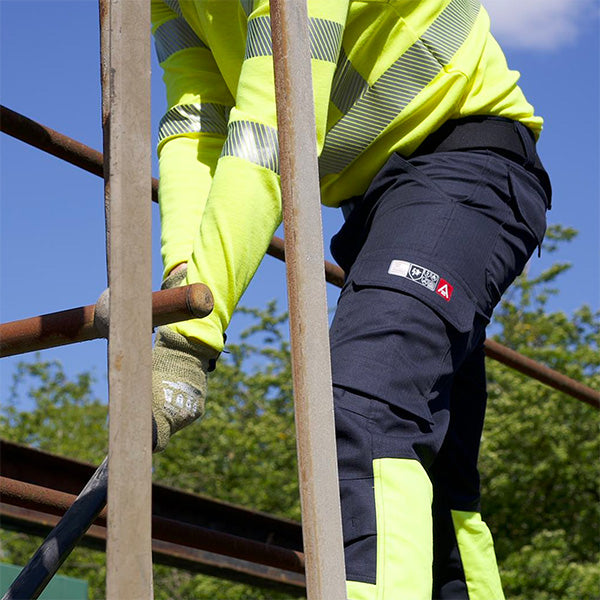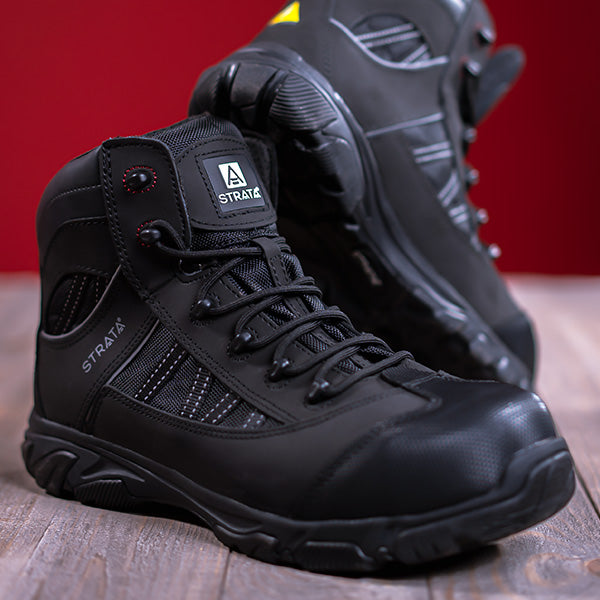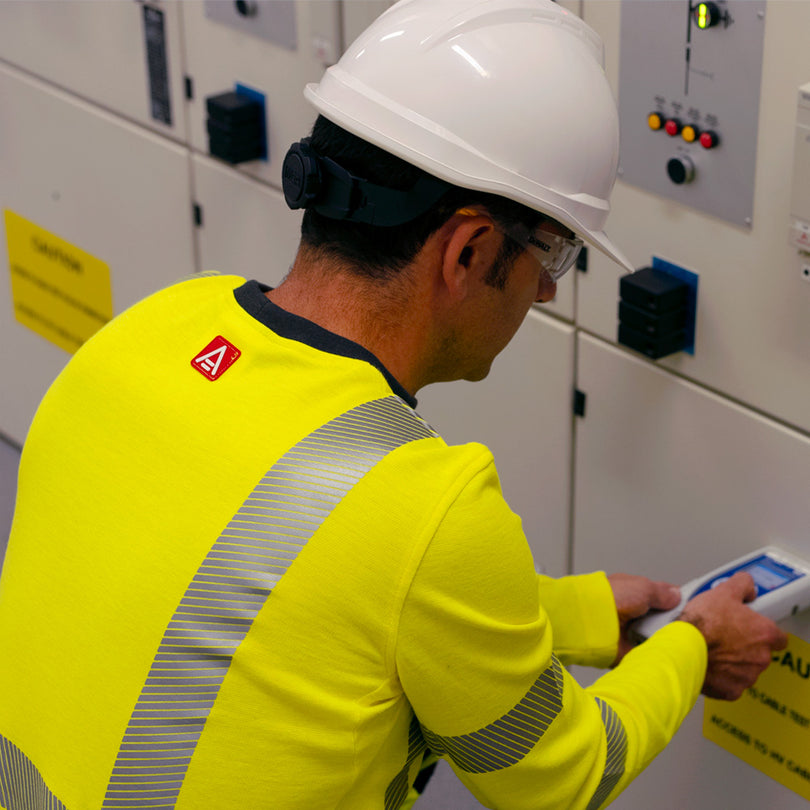EN ISO 11611: Welding & Allied Processes Protection
EN ISO 11611 is a European standard that focuses on the protection of workers engaged in welding and allied processes. It sets the requirements for protective clothing worn during these operations to ensure the safety of engineers.
Scope of EN ISO 11611
EN ISO 11611 covers the protective clothing worn by workers engaged in welding, cutting, and allied processes. It provides guidelines for the design, materials, and performance requirements of these garments. The standard aims to protect workers from the hazards associated with these processes, such as sparks, molten metal splashes, and heat.
Testing Methods and Performance Requirements
EN ISO 11611 employs specific testing methods to evaluate the performance of protective clothing worn during welding and allied processes. Some of the key testing methods and performance requirements include
Limited Flame Spread (A1 and A2)
This test measures the resistance of the fabric to flame propagation. The garment should not continue to burn or form holes when exposed to a small flame for a specified duration.
Convective Heat (B)
This test assesses the ability of the garment to protect the wearer from convective heat sources, such as hot gases or air. The garment should provide an appropriate level of insulation to minimise the transfer of heat.
Radiant Heat (C)
This test evaluates the garment's capacity to block the transfer of heat from radiant heat sources. The garment should provide effective protection against radiant heat generated during welding and related processes.
Electric Arc (Class 1 and Class 2)
EN ISO 11611 also covers the protection of workers against the thermal hazards of electric arc exposure. It specifies two classes of protective clothing based on their performance during electric arc testing.



